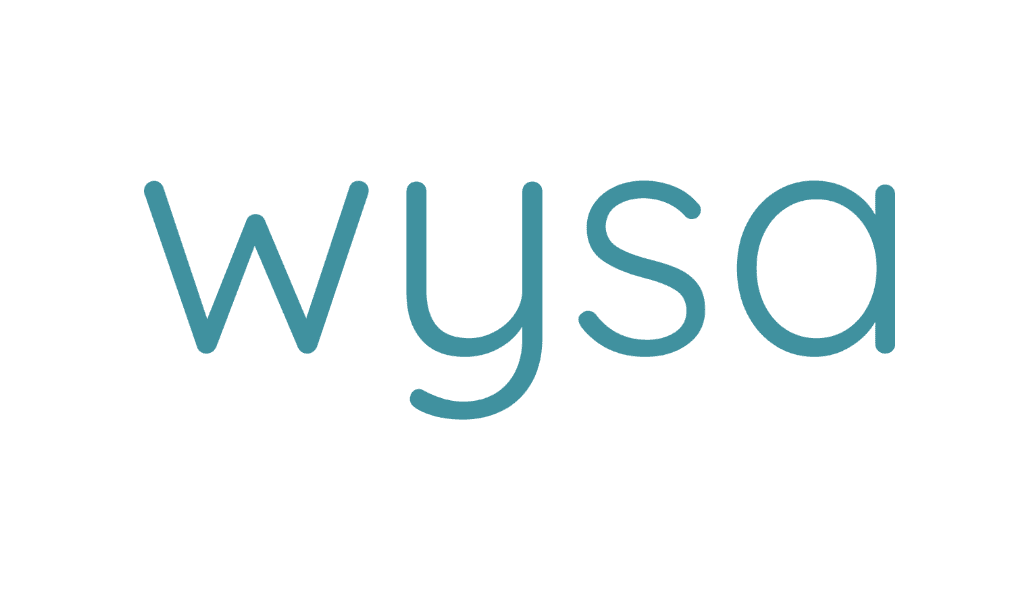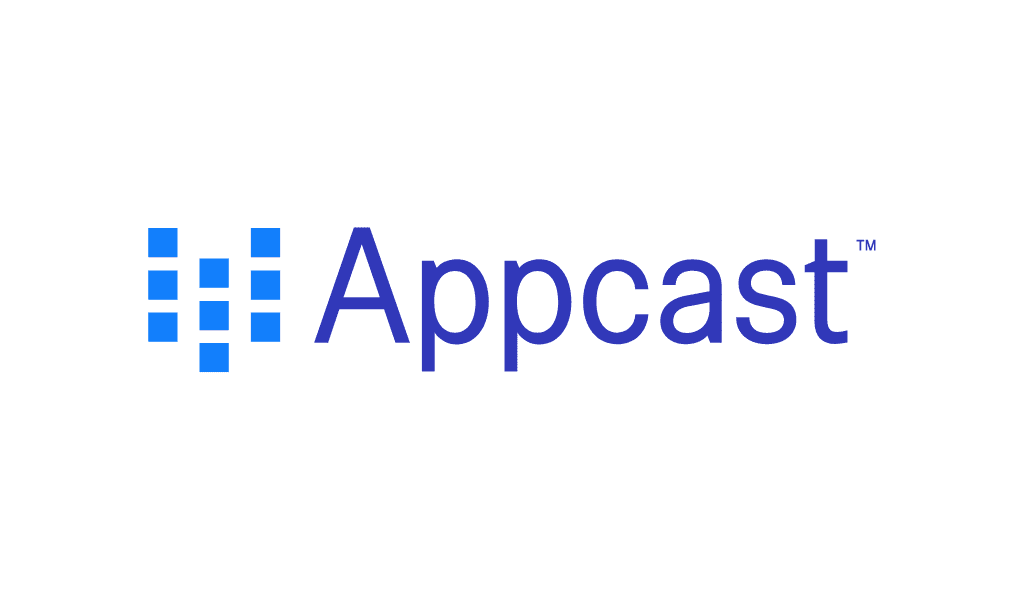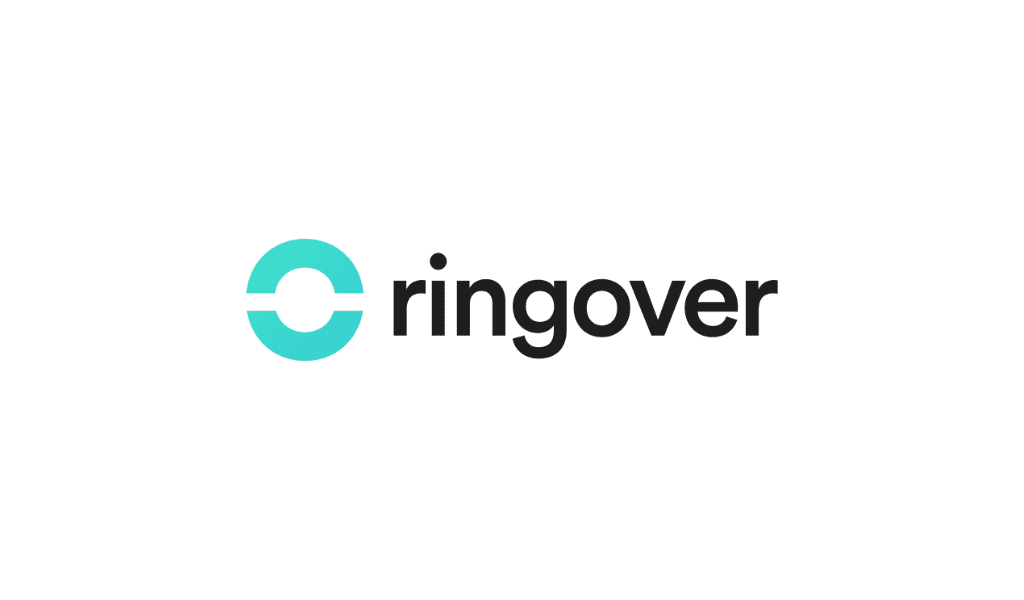By focusing on competencies rather than education, HR leaders can access larger pools of talent, enabling them to address talent shortages and enhance productivity.
By Maggie Mancini
Rapid technological advancements and shifting workforce needs have led to skills shortages impacting nearly all industries across the globe. These shortages, along with declining birth rates, aging populations, the multi-generational workforce, drops in university enrollment, and recent global events have changed the way organizations seek talent, leading to a massive shift to skills-centric recruitment, says Alicia O’Brien, senior vice president of innovation and customer success at WilsonHCG.
“The ability to adapt to job market changes and technological advancements have also fueled the move to skills-first models,” O’Brien says. “By focusing on skills rather than education, talent leaders have access to bigger, more diverse talent pools, making it much easier to address both immediate and long-term needs, while enhancing productivity.”
There are numerous advantages to taking a skills-first approach to recruitment, O’Brien says. When sourcing for hard skills, for example, this model speeds up productivity and reduces training time, making sure candidates have the required competencies needed for the open positions.
“The emphasis on hard skills ensures technical proficiency while prioritizing soft skills can help to improve team dynamics and overall workplace culture,” O’Brien says. “A skills-first approach considers both hard and soft skills to find the right candidates at the right time.”
For HR and business leaders looking to take this approach to recruitment, O’Brien recommends taking several steps to guarantee that the skills-first model is sustainable in both the short- and long-term.
- Build a skills framework that is supported throughout the organization. HR leaders should engage with C-suite leaders and executives to promote a change management mindset so the shift can be expanded company-wide. Leaders can also implement a technology stack that will help with governance while sustaining a skills taxonomy. O’Brien adds that a skills framework is not static—it needs continual updating due to the shortened shelf-life of many of today’s skills.
- Review all job descriptions to confirm they focus on skills rather than educational requirements. As the skills taxonomy takes shape, O’Brien says that HR leaders should focus on implementing skills assessments for incoming hires and competency-based interviews for existing employees. Further, investments in continuous learning and development programs to upskill employees will be vital in enabling success across the organization.
- Consider a more gradual approach. HR leaders may want to consider running a skills-first pilot program with one area of the business before expanding further. This gradual approach gives organizations more time to adapt their approach and secure buy-in from leaders in all parts of the organization. This, O’Brien says, also helps boost adoption rates when a skills-first model is rolled out company-wide.
“Talent leaders who plan to implement a skills-first approach should make sure they gain buy-in from the C-suite as early as possible,” O’Brien adds. “This will help to communicate the value to the rest of the organization, ensuring a smoother change management process, and reduce the risk of stagnation during the early adoption stages.”
Support for a skills-first approach to hiring has grown in popularity, particularly among younger members of the workforce, according to a recent study, with many job seekers viewing a skills-first talent strategy to level the playing field and help them secure their dream jobs in a tight talent market. As more organizations move to implement skills-first recruitment, the survey finds that 84% of employers are taking steps to help their workforce embrace the rise of AI, with 52% of employers hiring specifically for AI-related competencies.
Interest in AI skills is growing exponentially as the shelf life of skills has shortened and more organizations have pushed to integrate advanced technology into their workflows. When it comes to adopting a skills-first approach to recruitment in the AI age, O’Brien says that upskilling and reskilling is paramount.
“Skills-first talent strategies focus on capabilities rather than qualifications and continued learning play a key role in this approach,” O’Brien says. “By fostering a culture of continuous upskilling, employees will find it much easier to pivot and learn new skills, not just for AI, but also other technological and process-oriented advancements in the workplace.”
Adopting a skills-first approach to recruitment and hiring can help provide a more objective assessment of candidates, reduce biases linked to educational background, and provide a focus on valuable soft skills like teamwork, collaboration, and problem-solving, O’Brien says. By looking at candidates holistically, HR leaders can foster a more diverse and inclusive workforce.















